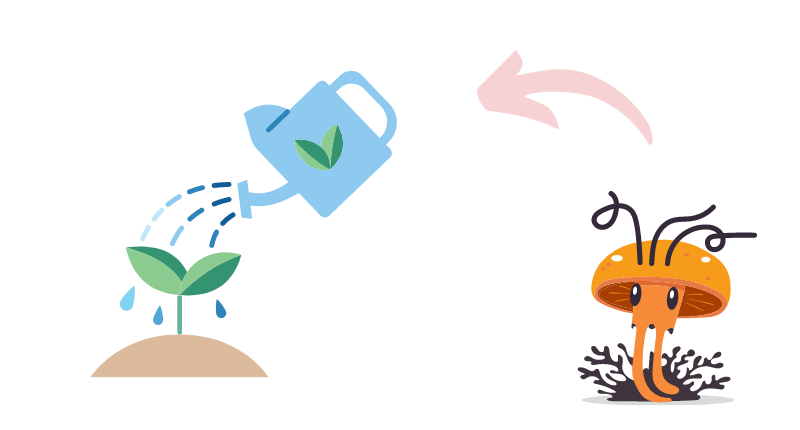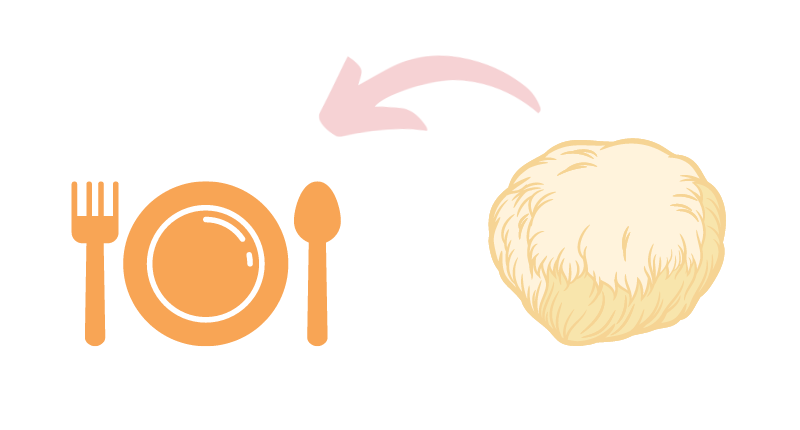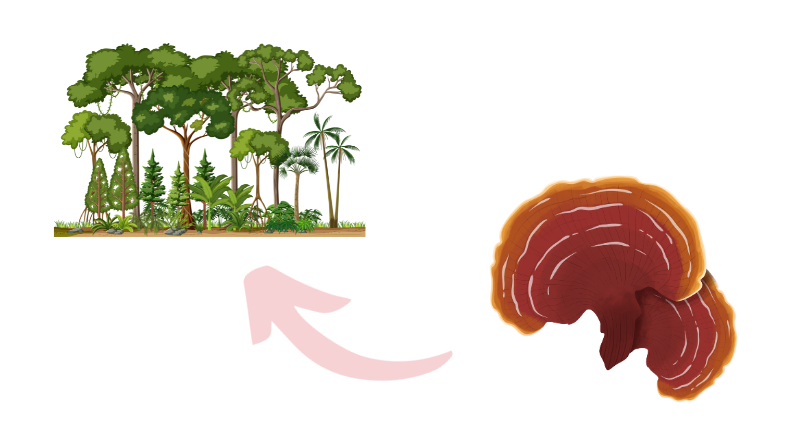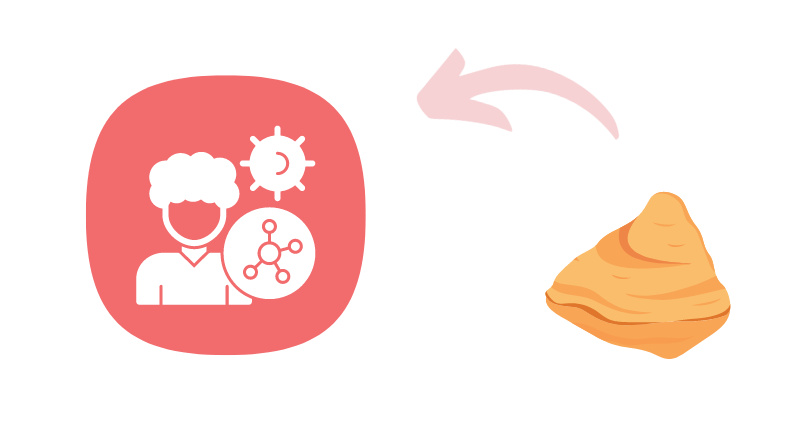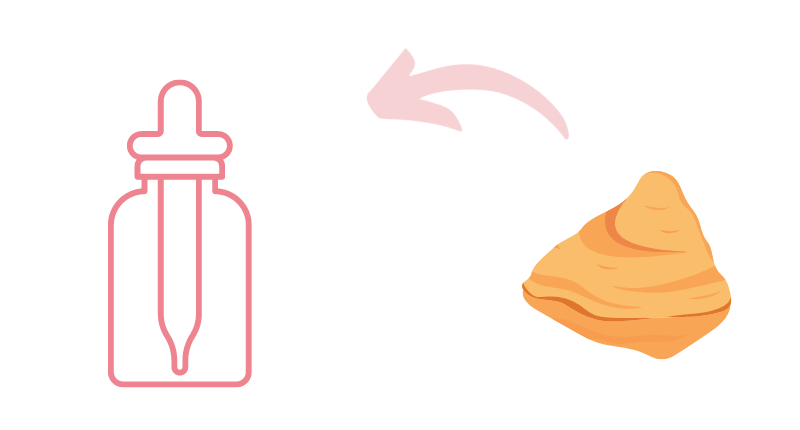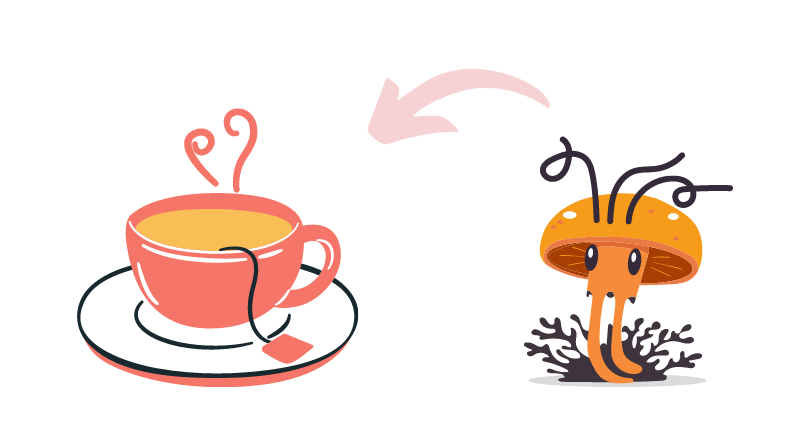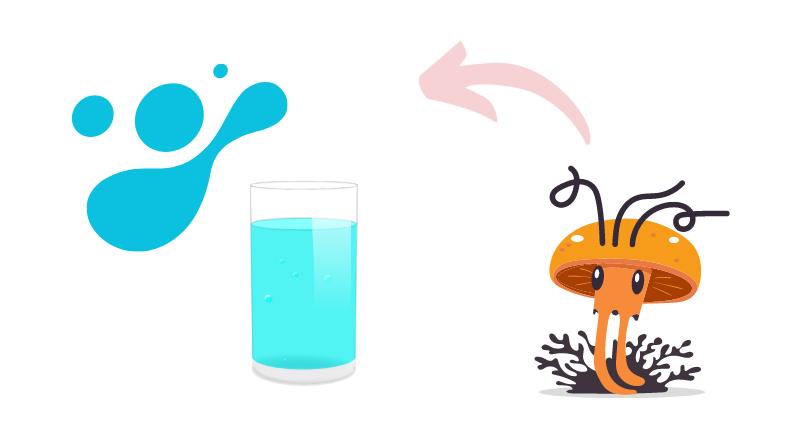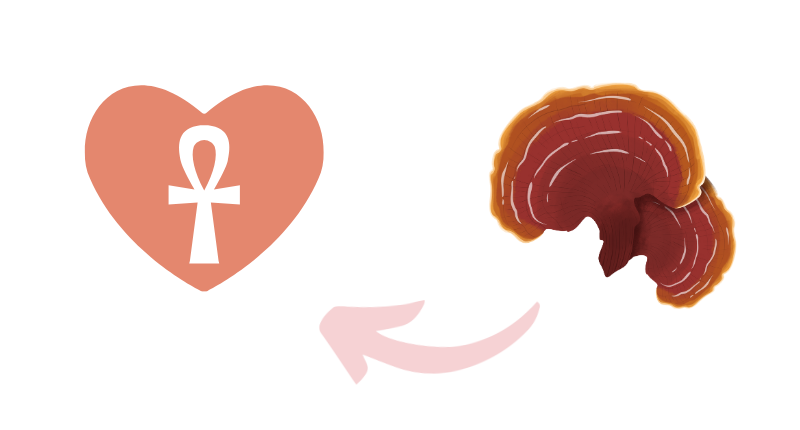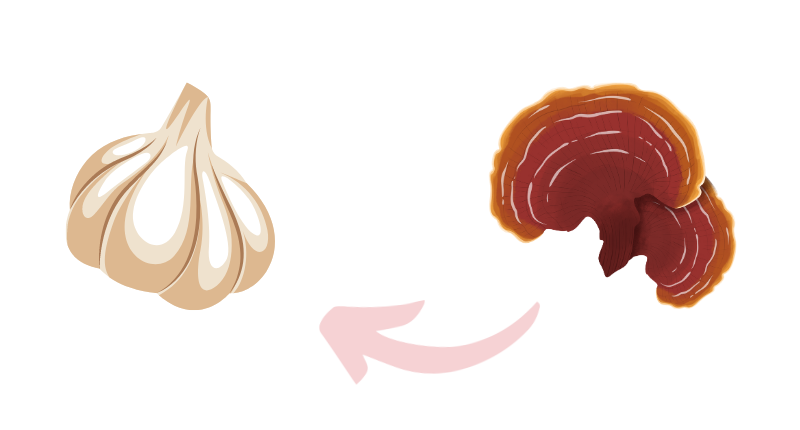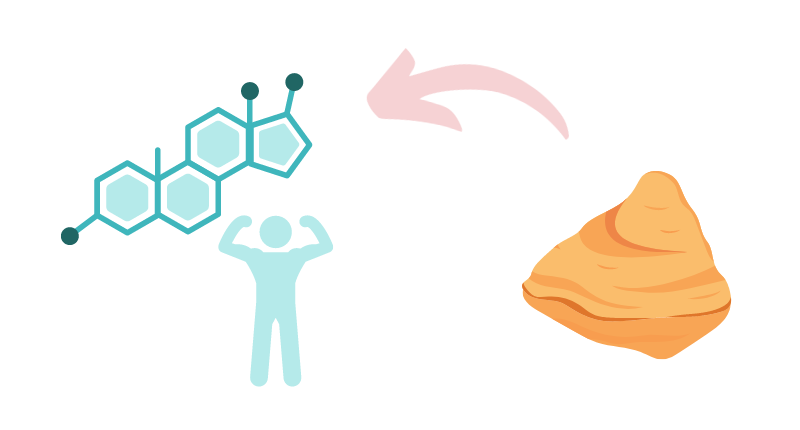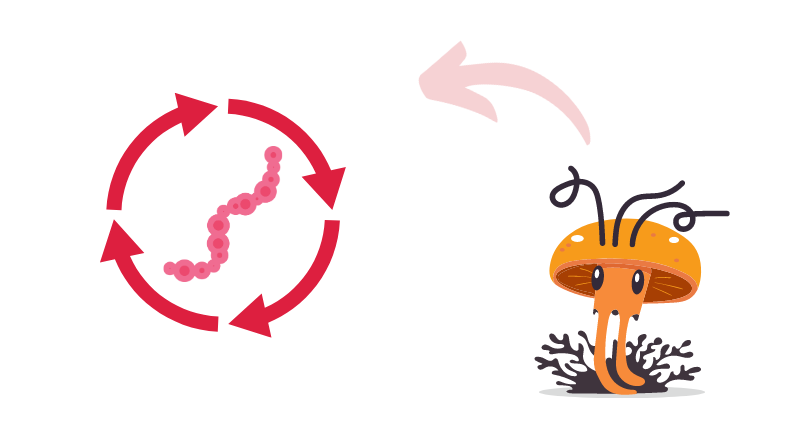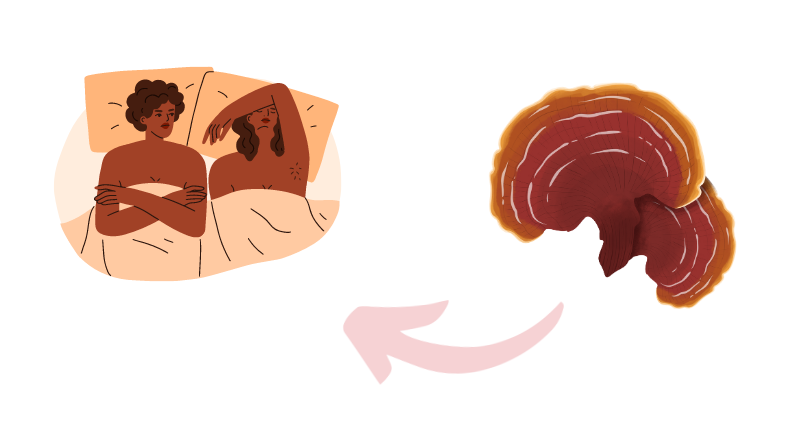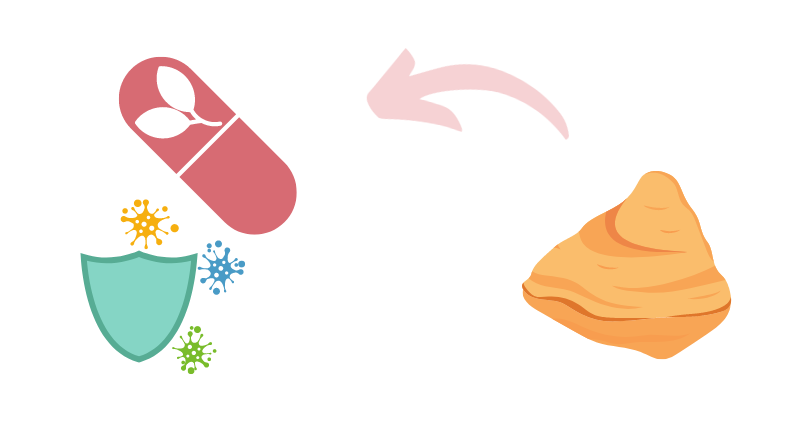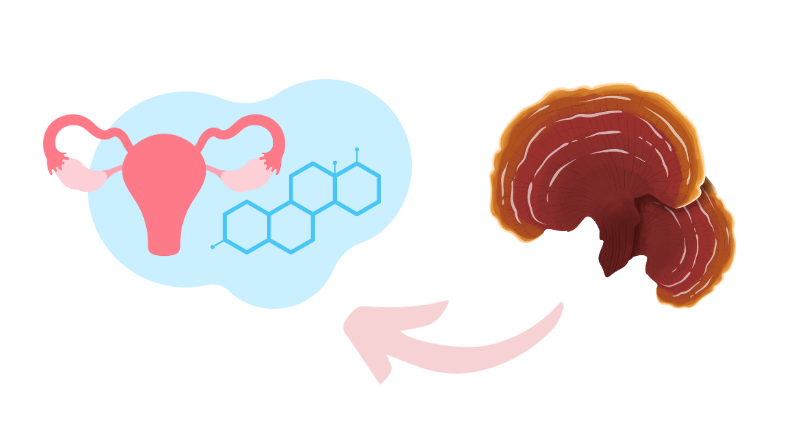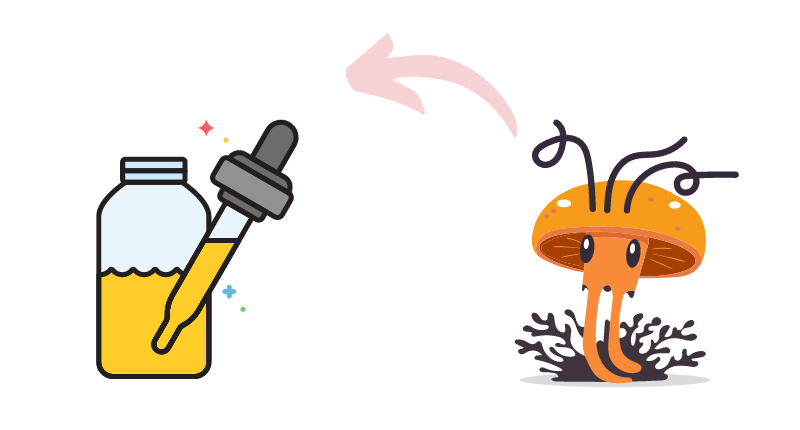Cordyceps, which is considered to be a highly potent medicinal mushroom by the health enthusiasts and cultivators, has drawn people’s attention. Despite its health benefits, especially when they are obtained through advanced processes like the Ultrasonic Assisted Extraction method, growing Cordyceps is an interesting topic in itself.
In this article, we step into the world of Cordyceps and investigate its natural environment, the mechanics of its cultivation cycle, and specifics claims to fame distinguished between different sorts developing one.
CORDYCEPS: NATURE’S MARVEL
Cordyceps has been used in traditional medicine for a long time, especially the species including Cordyceps sinensis and Cordyceps militaris. These fungi are characterized by their distinctive growth on insect larvae especially in the high mountain areas of Asia.
A PARASITIC PHENOMENON
In the wild, cordyceps spores infect a particular type of insects. The fungus grows and then eats its host below the ground till it fruits above, a stage that has proven attractive to the scientists and cultivators.
CORDYCEPS CULTIVATION
The attempts at reproducing the natural growth conditions for Cordyceps by cultivators have not been easy. Nevertheless, recent developments in the field of mycological farming have made it feasible to cultivate Cordyceps species such as Cordyceps militaris under controlled conditions.
Substrate Preparation: The main requirement for growth is the nutritional substrate, which is usually a combination of rice, grain, and other organic components.
Environmental Control: Unlike most mushrooms, cordyceps have specific temperature, humidity and light requirements to promote growth that simulate their natural high-altitude climates.
Inoculation & Growth: Spores or mycelium are applied to the substrate and in weeks, Cordyceps mycelium invades the substratum, resulting in the fruiting bodies.
GROWING CORDYCEPS AT HOME: A STEP-BY-STEP GUIDE
Growing Cordyceps mushrooms at home may be a fine pastime for enthusiasts of medicinal mushrooms. Though long, at times requiring patience and paying close attention to details, the process can be a very interesting and exciting one.
PREPARATION: SETTING THE STAGE FOR GROWTH
1. Gather Supplies: In order to grow your own Cordyceps, you will require Cordyceps spores or liquid culture, a growth substrate (commonly a combination of rice and other grains), sterilized containers, and an area environment for growth such as a grow tent or box.
2. Creating the Right Environment: Cordyceps have specific conditions under which they succeed. Such conditions include a temperature between 550 and 75°F [13-24oC] of humidity around 60% to 80% as well as a low light situation. One of the essential aspects is creating a space in your home that allows you to manipulate these elements to live comfortably.
STEP 1: SUBSTRATE PREPARATION
1. Sterilize the Substrate: Sterilization is one of the main shields to avoid contamination. Boiling the substrate mixture and vacuum-seal it in sterile containers.
2. Inoculation: Inoculate cooled substrate by either Cordyceps spores or liquid culture. This is carried out in a sterile atmosphere so as to prevent pollution.
STEP 2: INCUBATION
1. Ideal Conditions: Then, put the inoculated substrate in your life-support system. Monitor to ascertain and ensure the required temperatures and humidity levels are maintained.
2. Patience is Key: Cordyceps grow slowly and it takes many weeks for them to establish themselves on the substrate fully. In this period, it is important to make sure that these conditions are constant and are not contaminated.
STEP 3: FRUITING
1. Triggering Fruiting: When the mycelium has colonized the substrate completely, the various conditions associated with changes in the environment can induce fruiting.
2. Harvesting: The myceliatus of the Cordyceps will grow on top and out of the substrate to form fruiting bodies. When they attain their reproductive age they are ready to harvest. Cordyceps will emerge from the substrate. Once they reach maturity, they can be harvested.
AFTER CARE: HARVEST & STORAGE
1. Harvesting: Harvest the Cordyceps carefully off the substrate. They should pop on and off with a little bit of pressure.
2. Drying & Storage: Harvested Cordyceps can be dried as it is more convenient. For this, a food dehydrator can be used with low temperature. Make sure you store the dried Cordyceps in a place that is cool and dry.\
MORE READING: REISHI SPECIES: EXPLORING GANODERMA LUCIDUM
HARNESSING CORDYCEPS: FROM CULTIVATION TO SUPPLEMENT
Ultrasonic Assisted Extraction: Maximizing Potency
After harvesting, the fruiting bodies of Cordyceps undergo extraction process to make supplements. Ultrasonic Assisted Extraction technology is considered to be groundbreaking and ensures that all active compounds in the Cordyceps are extracted and preserved with their power and efficacy.
THE BENEFITS OF GROWING CORDYCEPS
Why Cultivate Cordyceps?
Sustainability: In Cordyceps production, this reduces dependence on harvested specimens from nature with increased efforts toward ecological maintenance.
Quality Control: Through Cordyceps supplement, controlled cultivation ensures the uniformity in quality and purity of substances.
CONCLUSION
From a strange, fungal intruder into something that is treasured as such a health supplement, Cordyceps evidences the magnitude of human capacity and capabilities bestowed by nature. Despite the vast prevalence of environmental and dome striive some strains are still count Cordyceps do valuable addendums to the natural health domain, prominent when processed using technologies like Ultrasonic Assisted Extraction.
The range of Cordyceps grown in the house will be a lot more difficult, but it is deserving for individuals who wish to discover something about therapeutic mushrooms.
It not only provides you a reliable source of this good fungus, but it gives you the opportunity to get involved in every step of growth – an experience that will help you to understand and appreciate the intricacies of such fascinating development.
REFERENCES
- “Cordyceps: A Traditional Chinese Medicine and Another Fungal Therapeutic Biofactory?” – Phytotherapy Research.
- “Cultivation of Cordyceps militaris – A Potential Medicinal Mushroom” – Journal of Mycology.
- “Advanced Techniques for Cultivation of Cordyceps Militaris” – Mycological Progress.
- “Efficacy of Ultrasonic Assisted Extraction in Cultivated Cordyceps Supplements” – Journal of Alternative and Complementary Medicine.

